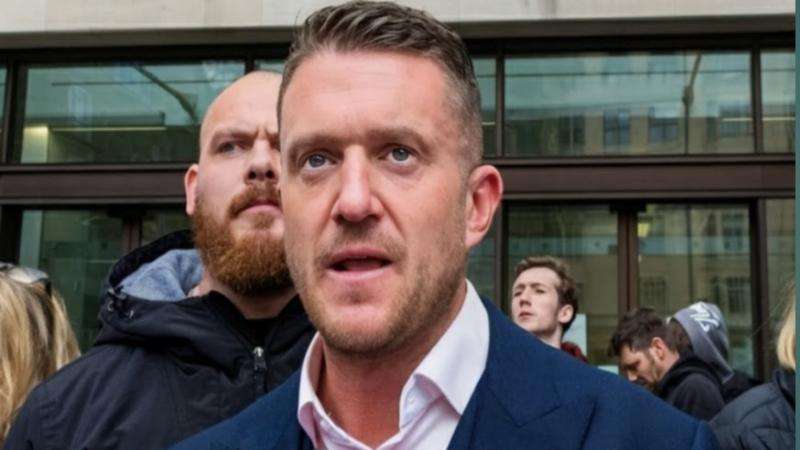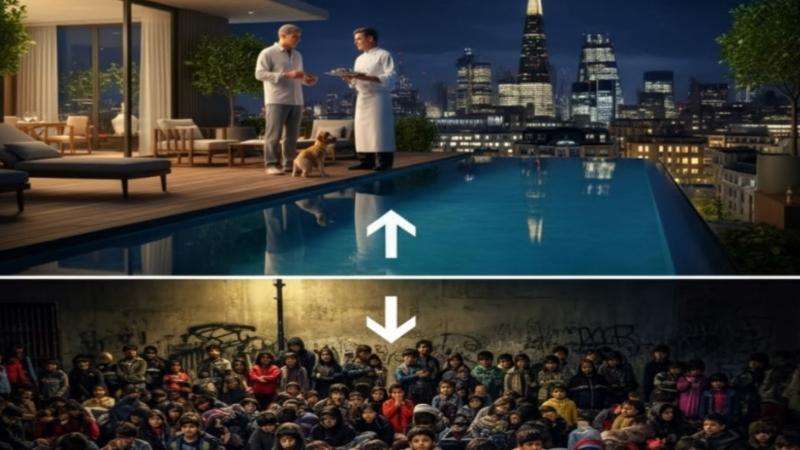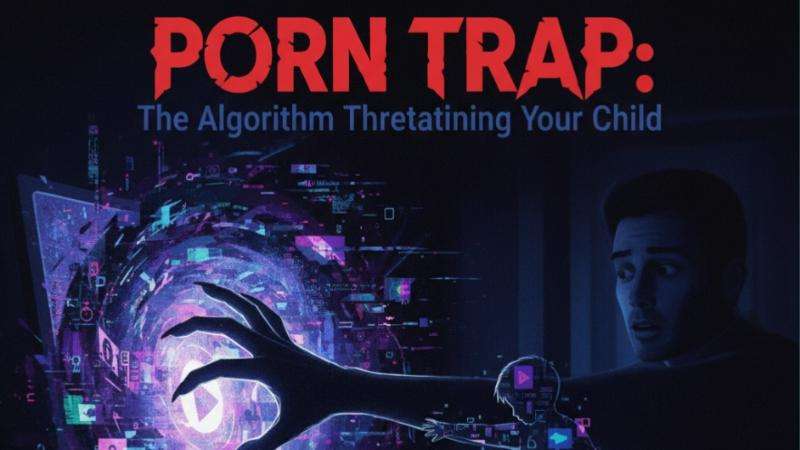The Digital Minefield – Protecting Children from Algorithm-Driven Pornography
A recent report has raised serious alarms, revealing that TikTok's recommendation algorithm is promoting pornographic content to children. This alarming discovery underscores the urgent need for parents and regulators to act decisively against platforms that are failing to safeguard their youngest users. The insidious nature of this exposure, often driven by the platform's own automated systems, poses a profound threat to the mental health and development of children, Daily Dazzling and realised.
The Destruction of a Child's Mindset-Exposure to pornography at a young age is not merely an unfortunate oversight; it is a serious developmental assault. The human brain, particularly in childhood and adolescence, is still forming its understanding of relationships, intimacy, and self-worth. Pornography fundamentally distorts these formative concepts, creating a destructive and unrealistic framework for life.
Unrealistic Expectations: Pornography often presents extreme, non-consensual, or hyper-sexualised scenarios as normal, leading children to develop skewed and unhealthy views on human sexuality and relationships. This can manifest as anxiety, body image issues, and an inability to form healthy, real-world connections.
Desensitisation and Addiction: Early and frequent exposure can lead to desensitisation to normal intimacy, fostering a craving for increasingly extreme content. For some children, this can spiral into an addictive cycle, replacing healthy emotional coping mechanisms with a need for digital stimulation.
Emotional Trauma and Shame: Children often lack the emotional maturity to process the graphic nature of the content, leading to feelings of confusion, shame, and guilt. This hidden trauma can impact their self-esteem, focus, and overall mental well-being, often going undetected by parents.
Normalisation of Harm: Much of the pornography available normalises behaviours that are disrespectful, aggressive, or even abusive. This can lead to children internalising harmful gender stereotypes and views on consent, potentially impacting their interactions with peers for years to come.
Regulatory Failure and Urgent Action-The findings follow the enactment of codes intended to mandate "highly effective age assurance" to block minors from viewing pornography. Platforms were also tasked with adjusting algorithms to block content encouraging self-harm, suicide, or eating disorders. However, as one research project by Global Witness highlights, these safeguards are clearly insufficient.
Ava Lee from Global Witness emphasised the consensus: "Everyone agrees that we should keep children safe online... Now it's time for regulators to step in." The digital environment has become a minefield, with children themselves expressing confusion and concern, as evidenced by user comments like: "can someone explain to me what is up w my search recs pls?" and "what's wrong with this app?".
What Parents MUST Do: A Shielding Strategy
Protecting children requires a proactive, multi-layered approach:
Open Dialogue: Initiate honest, age-appropriate conversations about online content, pornography, and healthy relationships before they are exposed. Make your child feel safe to come to you with anything they see online.
Parental Controls and Monitoring: Utilise robust parental control software on all devices to filter explicit content and monitor search activity. While not foolproof, this is a necessary first line of defence.
Strict Device Management: Enforce time limits and mandate that devices, especially phones, are not taken into bedrooms at night. Keep computers in shared family spaces.
Educate on Algorithms: Explain simply how social media algorithms work—that they are designed to keep users engaged and will push content based on what they've previously seen, even if it's harmful. This empowers children to understand that the content isn't a reflection of their own search history alone.
Review Platform Settings: Go through the privacy and safety settings of every app your child uses, ensuring the highest restrictions are in place for content and interaction.
The digital safety of children cannot be left to the profit-driven motives of social media giants. It demands immediate, collaborative action from parents, technology firms, and governmental bodies to create a truly safe online environment.



_2.jpg)
_3.jpg)



.svg)

